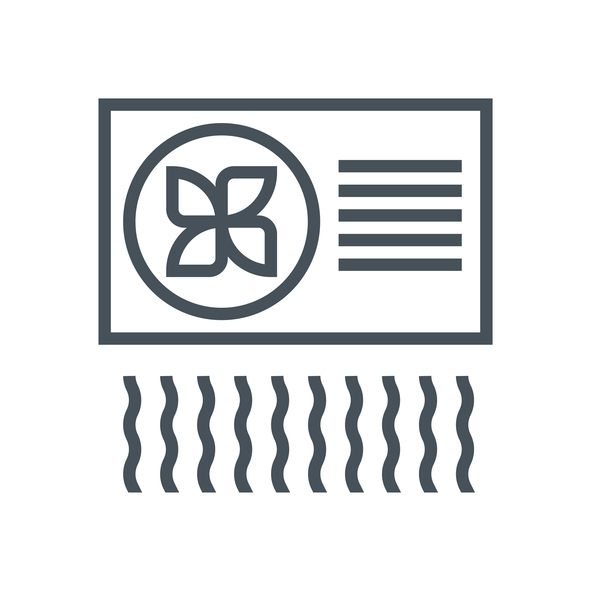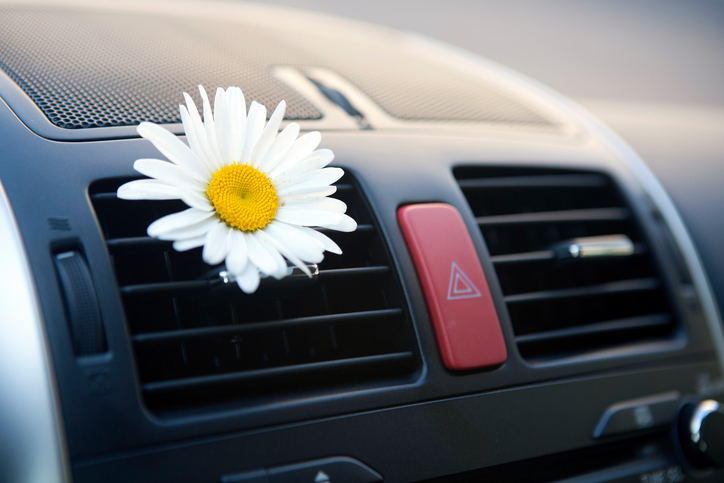- brunet.ca - 3 rules to enjoy healthy air conditioning
- time.com - You Asked: Is My Air Conditioner Killing Me?
- globalnews.ca - Top 5 health problems associated with air conditioning
How to use or adjust the air conditioning correctly and in a way that does not harm us?

Air conditioning is our trusted helper on hot days. However, if we use it incorrectly, we put ourselves at risk. Headaches, whiplash, joint pain, muscle pain and various respiratory infections are all warnings. Let's learn together how to use air conditioning correctly.
Article content
Do you want to know how to use air conditioning properly and efficiently - so that it doesn't harm us?
At home, in the workplace or in the car?
When to turn it on or off?
How to set it up?
Air conditioning is designed to make you more comfortable when travelling, at work, but also at home. Hot days, endless nights and sweaty clothes leave us no choice.
We turn on the air conditioning.
We use it especially during hot weather to cool our homes or work environments. Definitely also during car journeys.
In cold weather, it can also be set to heat.
In addition, the air conditioner will provide us with humidity and air quality. Of course, it depends on the type, the equipment and therefore the price. Let's not forget about maintenance. A dirty air conditioner cannot provide us with clean air.

Air conditioning modifies the properties of the air:
- temperature, cooling and heating
- humidity - the air conditioner dehumidifies
- cleanliness, various dust filters, odour filters, anti-allergen filters, using plasma and ioniser
- also affects air transfer or distribution, airflow
Air conditioning dries out the air, dehumidifies it. Cool and dry air subsequently has a negative effect on our respiratory system.
Dry mucous membranes in the nose cannot properly clean the air of impurities and therefore microbes. Therefore, conditioned air is often the cause of more frequent infections. The direct flow of cold air causes problems throughout the body.
What illnesses and side effects can be caused by using air conditioning:
Air conditioning and its effect on our health
How to use air conditioning properly in the apartment, house, workplace or car? How to set it up so that it is beneficial and does not have a negative effect?
Principles of correct use of air conditioning in the home, workplace, room
There are risk groups of people who should avoid prolonged and especially aggressive use of air conditioning. These include young children, but also the elderly and the elderly. In their case, thermoregulation behaves differently than in adulthood.
Consequently, people with weakened immunity or those recovering from an illness are at higher risk. But so are smokers or alcoholics. So are young children, newborns and babies.
Read also.
In the table below we list the principles of proper air conditioning cooling
| Principle | Description |
| Location |
|
| Power |
|
| Airflow |
|
| Time |
|
| Temperature |
|
| Ventilation |
|
| Air humidity |
|
| Acclimatisation |
|
| Maintenance |
|
How to use the air conditioning in the car properly?
Using the air conditioning in the car has similar principles to using it indoors. Otherwise we put ourselves at risk of ill health.
Naturally, it is impossible to be in the car in extreme heat. Too much heat exhausts us and is a risk of accidents on longer journeys.

The following table shows how to set up and use the air conditioning in the car
| Principle | Description |
| Air flow |
Make sure that the air conditioning and airflow are set correctly in the car as well.
|
| Air temperature |
|
| Before switching on the air conditioning |
|
| If not automatic |
|
| Travel length |
|
| Before parking the car |
|
| Maintenance of the system |
|
| Opening windows |
|
Let's look at all the summer problems together:
Our health in summer - sun, heat, injuries and illness
Interesting resources










